Quick Details
Photographer
$ 99
One of Washington’s least known but most beautiful attractions is the National Building Museum, formerly known as the Pension Building. Built in the late 19th century as a workplace for the hundreds of clerks who wrote out pension checks for the Civil War veterans, the National Building Museum boasts a huge 12-story atrium supported by massive faux marble columns, creating a magnificent space often used for Presidential inaugurations.
With its lovely fountain, its magnificent faux-marble columns and the huge atrium, the National Building Museum provides excellent opportunities to learn architectural photography, experimenting with narrow and wide depth of field, slow and fast shutter priorities, and the effect of wide angle, normal, and telephoto lenses on depth of field.
This workshop in exterior and interior architectural photography, led by architectural photographer E. David Luria begins outside in Judiciary Square, where we photograph the impressive National Law Enforcement Memorial with the Museum as a backdrop. Then we photograph the impressive exterior of the Museum before going inside to photograph the architecturally unique interior from the upper floors, and finally visiting one of the exhibits.
Your safari fee includes admission to the Museum and all its exhibits, including a special one on architectural photography entitled: Alan Karchmer: The Architects’ Photographer which focuses on the work of the prominent architectural photographer and his iconic portraits of works by some of the world’s most influential designers and firms, as well as personal images and artifacts that shed light on the photographer’s work. Karchmer, one of the leading architectural photographers in the DC area, has bequeathed his professional archives to the museum’s permanent collection
Basic equipment needed to do quality architectural photography:
Any camera will do, but for best results we recommend: any DSLR or mirrorless camera of at least 10MP, wide-angle lens (12-18mm or 10-20mm for digital DX cameras, 14-24 or 16-24 mm for full frame/FX cameras, circular polarizer filter, Telephoto lenses are also useful to capture architectural detail Tripods are optional. Camera should have ability to manually adjust shutter speed, aperture, ISO and white balance settings.
Instructor E. David Luria, a professional architectural photographer, has photographed over 3,500 apartment buildings, hotels and restaurants. Trained in Paris by a protégé of Henri Cartier Bresson, he is a member of the American Society of Media Photographer and the Association of Independent Architectural Photographers, and his images of the nation’s capital have appeared in over 100 publications and on 30 magazine covers.
$89 fee includes museum admission and all exhibits.
-
- Camera
- Lenses
- Extra memory cards
- Extra charged battery
- Accessories such as filters, remote release
- Weather appropriate clothing
- Tripod (optional)
-
401 F Street, NW, top of Judiciary Square (Red Line) Metro escalator, Building Museum exit. Limited free street parking available as parking fees are not enforced by DC during pandemic.
-
Architectural photographer E. David Luria is founder and director of the Washington Photo Safari, which has provided over 6,700 photo safaris for 46,000 amateur photographers – an average of 5 people every day, 365 days a year, since it was founded in 1999.
“You taught me several important points and helped me better understand not only photography but also my own camera. I’ve taken photo classes at the Smithsonian, Glen Echo, and the Washington School of Photography. You’ve been the best among all the teachers I’ve had.“ David Lassiter, Olney, MD
Trained in Paris by a protégé of Henri Cartier-Bresson, Mr. Luria is a member of the American Society of Media Photographers and the Society of Photographic Educators and has had his images of DC appear in over 100 publications, calendars, and postcards and on 30 magazine covers.
